Is the Timing Finally Right for Framed Digital Art?
We’re well into the 21st century, so why does the near-infinite number of photographs, videos and artworks still exist almost solely in computers, tablets and smartphones?
Several companies are working to get those images out of those devices and onto your home’s walls. High-definition framed screens for digital art, pictures and video are scheduled to hit the market this year — with a look, purpose and price that’s decidedly higher end than those $19.99 digital picture frames designed to sit on tables and display personal photos. And other companies are introducing streamed video art, photo and artwork services for Internet-enabled TVs.
Here’s a look at new products and services on the horizon. Keep in mind that, as with any developing technology, the release dates and other details can change.
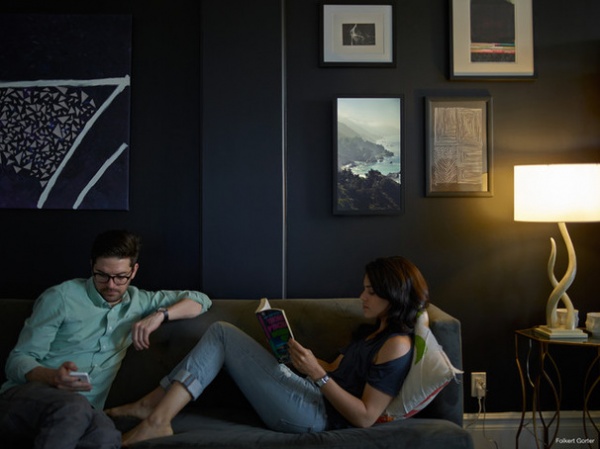
New Digital Art Displays
Framed digital art introduces far greater variety to what can exist inside frames, as well as the ability to swap art and video works based on mood. One can live with a painting or video for an hour, or for a month or more. Through apps, users can also see what friends are displaying and choose those, or recommend their favorites. Automatic timers turn the displays on and off, so one’s wall art won’t keep the cat up at night.
Electric Objects. New York company Electric Objects launched in 2013 and is taking reserve orders for its $499 EO1, pictured above (at the lower left of the artwork group) and below. The EO1 is a portrait-oriented display with an integrated computer that links wirelessly to a smartphone app or computer. The matte-finish, aluminum-framed screen (23 by 13 inches) includes an ambient light sensor, which automatically adjusts for day and night viewing.
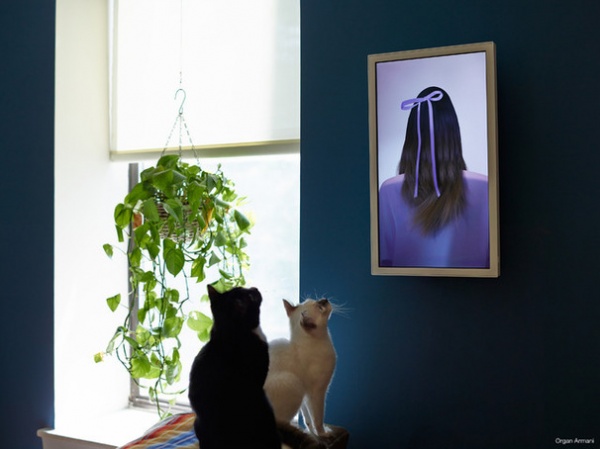
Although you can upload your own artwork and photo finds to EO1, the device is optimized to showcase slow-moving video art created by Electric Objects’ team of 30 artists, says company founder and CEO Jake Levine. Art and photographs from 10 partners (including the New York Public Library and Tumblr) also will be available. To access both the artists’ and partners’ works, there’s an additional $10 monthly subscription fee.
Artworks and photographs are often linked to stories: where and how one obtained the work, and perhaps a tale about the artist. Keying to this, Electric Objects is including artist profiles and interviews on its site.
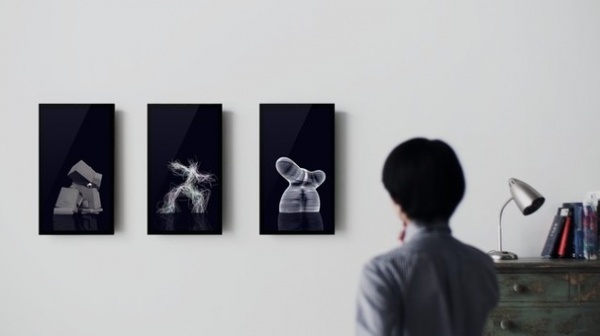
Framed. Tokyo-based Framed plans to sell a 24-inch, portrait-oriented model ($399) and a 40-inch display ($1,500), both edged in black and sided with a wood finish. The company is taking preorders through its Kickstarter campaign.
A built-in 720p camera sensor allows for interaction via hand gestures (swipe an image from your smartphone up onto the screen). The display, pictured above and below, also includes speakers and a microphone input. Artwork can be purchased from the Framed online marketplace.
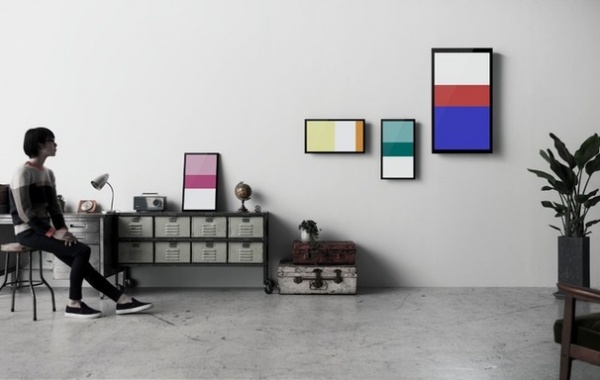
Founded in 2011 by Yugo Nakamura and William Lai, Framed has targeted higher-end video art creators, teaming up with design firms such as Universal Everything and artists Mirai Mizue and Aaron Koblin.
“We couldn’t be more excited to create a marketplace where artists can freely publish and sell their work,” says Nakamura, who thinks the timing for his devices is right. Digital video art has been a harder sell for both the museum and home design markets. But advances in hardware and software have helped make framed digital art more affordable.
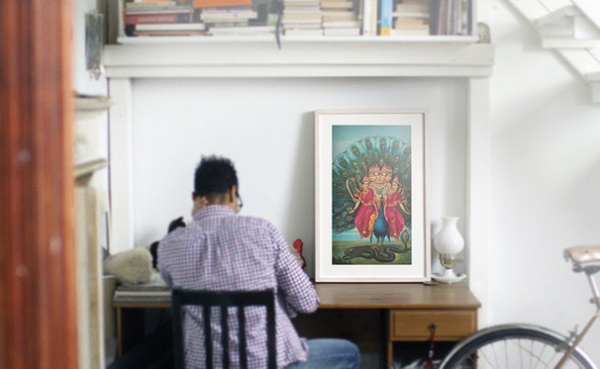
Meural. New York City company Meural launched in 2014 and expects to ship its device in fall 2015 ($495 list price; $395 if preordered). The gesture-activated, matte LCD display, seen above and below, connects via Wi-Fi to browsers or an app. The 32- by 21-inch frame (slightly larger for the light-box display) can be oriented in either portrait or landscape mode and automatically adjusts to various light conditions. The maple-wood frame also comes in black or white. The display can play short videos and animations but is built primarily for photographs and paintings, say its designers.
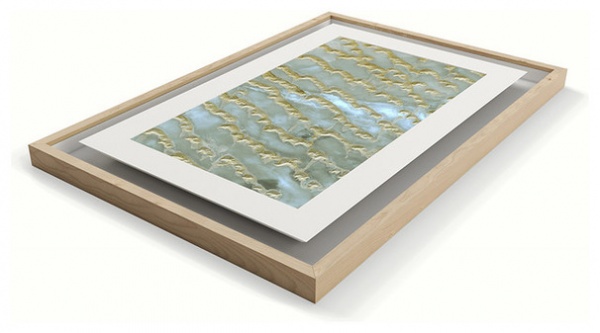
Users can load their own images or access the Meural library, which sources, via various outlets, artwork from the Guggenheim, the Van Gogh Museum, the Louvre and others. Access to the library is included with the first year of use; after that there’s a $4.95-a-month subscription price.
Meural CEO Vladimir Vukicevic says the ability to wave a hand to change a picture via the gesture-activated display is always a wow moment for users. “People don’t realize that the picture on the wall is actually digital,” he says.
Indeed, the greatest worry among potential digital frame buyers is that the screen will look, well, like a screen. But all the devices incorporate a matte finish and ambient light sensors that appear to address the issue.
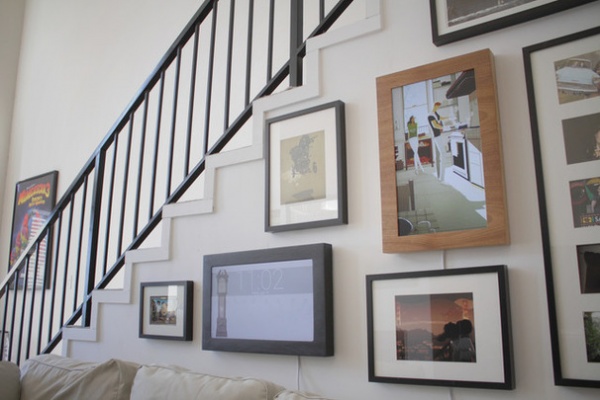
Canviz. Canviz is still in beta test mode and will take preorders for its display by late summer 2015. The screen can be hung in either portrait or landscape mode, and comes in two sizes: 14 by 22 inches ($349) and 22 by 37 inches ($549). Along with photos and artwork, the 5-pound device, controlled by an app, also plays video and animated GIFs. The frame is available in a black or natural wood finish, as pictured above.
The Canviz library of images and video, sourced from selected artists, will initially be offered free to buyers. “Our goal is to make Canviz as widely available as possible,” says Canviz designer Matt Waters.
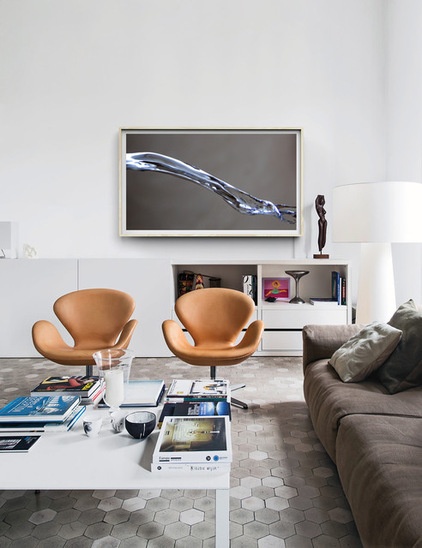
Depict Frame. Depict offers a higher-end, $1,800 “ultra HD 4K matte-finish display” that it plans to ship starting in July 2015. As with other products, an app or a browser controls the device, seen at left. The 47- by 28½-inch Frame is paired with the free Depict cloud service, through which artwork and video can be purchased and stored. A subscription service that starts at $15 a month allows access to a curated library of works (from Moving Image Art Fair, Recess Arts and IDW Comics, as well as popular artists). Users can also buy digital limited editions of works, which are watermarked.
The Frame display weighs a hefty 40 pounds and can be hung in either portrait or landscape mode. The maple-wood border comes in a natural, white or black finish. The San Francisco company was founded in 2013 with the goal of engineering a product that offers a “museum-quality art experience.”
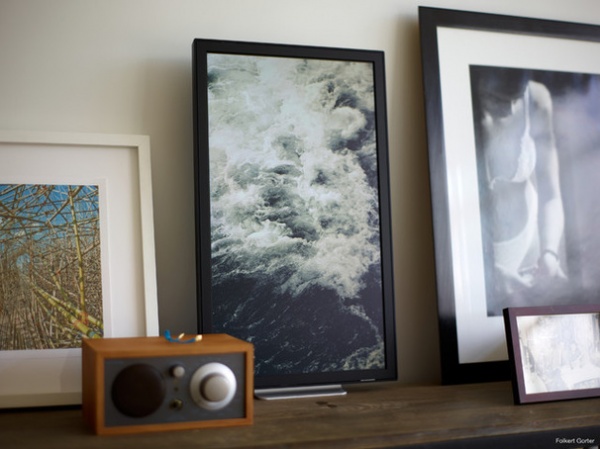
Screen Overload?
But can homes handle yet another screen on top of televisions, desktop computers, laptops, tablets and smartphones? Electric Objects’ Levine says his product differs from devices “designed for distraction.” Instead, framed digital art is “calm technology,” he says, designed to be more passive and existing on the periphery.
“Let’s build a screen that doesn’t make us feel bad,” says Levine, “and build into it the same sort of ambient relationship that we have with paintings and photographs.” Levine terms such wall art, which tends to blend into the background, as “persistent and permanent.” We look at such artworks every day –– often without even realizing that we are looking at them.
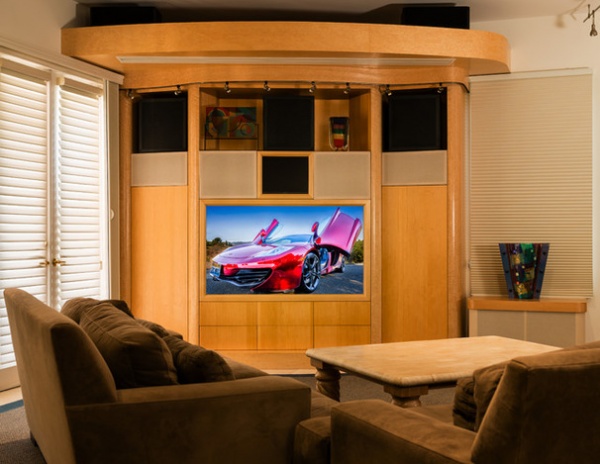
Streamed Art for TVs
Of course another screen already looms increasing large on walls of homes, and can now be bought in 50-, 65- and 90-inch sizes. Why not simply stream video art, photographs and artwork directly onto existing television screens that are blank much of the time?
Levine says that scenario represents a far more efficient distribution model, but he counters that wall art should not “fill time in between episodes of Mad Men.” He adds that an equivalent scenario “would be when you switch on your TV, your paintings go dark.”
The Depict cloud, in fact, can stream images onto displays and TVs that are Chromecast- or Apple TV–enabled, without users’ needing to buy the Frame display.
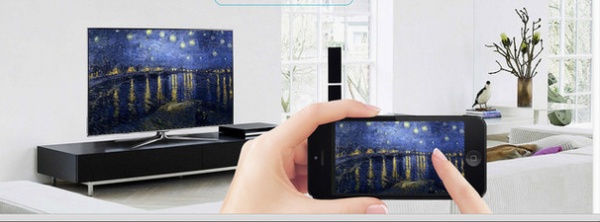
Artcast and Artkick also offer streamed video art, photos and artwork for TVs. Artcast operates through either the TV streaming service Roku or Google Play, and requires either a controller or an app, along with a $2.99 monthly subscription fee. Slow-moving dance pieces and jellyfish are among the video options, and stills include works by Gustav Klimt, paintings from the Italian Renaissance, street photography and images of icebergs.
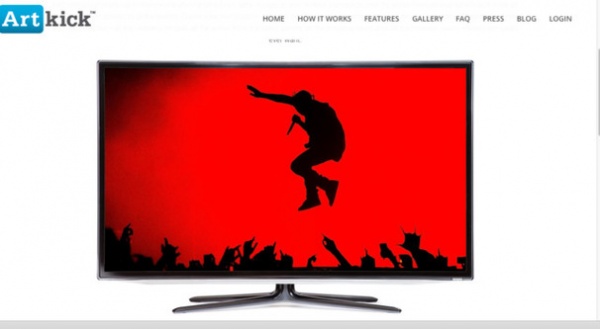
Artkick also requires an Internet-enabled TV and can be controlled through a smartphone app. Most of the art available from either service is in the public domain. Artkick offers a free plan for public domain images and a $4.99-per-month plan that includes works from Getty Images.
The company estimates the yearly cost of running a 34-inch HDTV 24/7 to be about $35. Electric Objects says its EO1 uses about the same amount of electricity as a lightbulb.
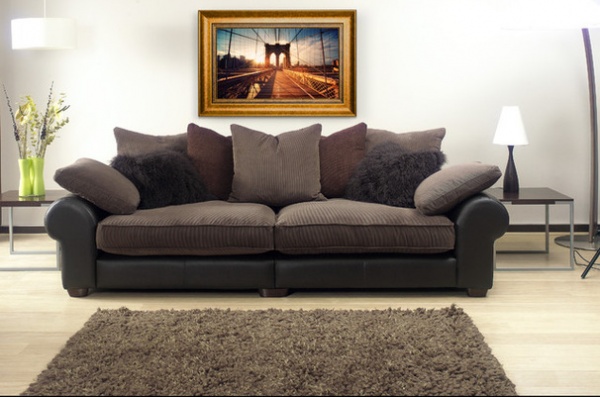
Artkick will soon launch a Kickstarter campaign for its Look display, a competitor to EO1 and the Framed device, but without video capability. The 26⅞- by 17¾-inch screen can be hung either in portrait or horizontal orientation and is controlled via Wi-Fi and an app. You can upload your own photos or artwork, or choose from a Look library. Look’s price is not yet set, but Kickstarter contributors will receive a display for a $399 contribution, along with a six-month subscription to the art and photo library.
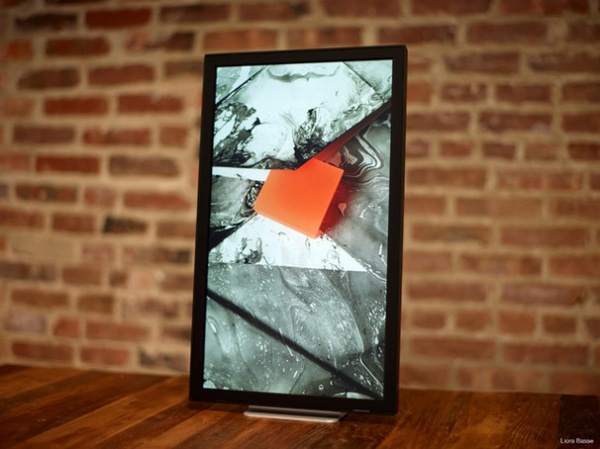
The next five years should prove whether framed digital wall art can achieve broad market appeal. If so, digital images may one day fill entire walls, as in Ray Bradbury’s classic 1950s sci-fi novel, Fahrenheit 451, which might not exactly represent “calm technology.” Still, your cat would be thrilled.
More: The Inevitable Future of Drones Around Your Home












